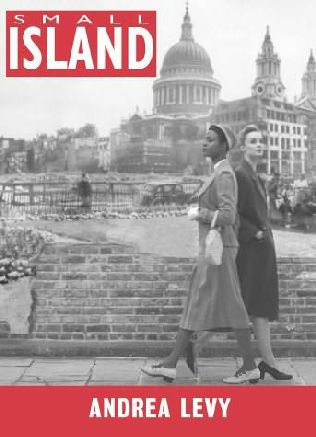So here we are again with the best of 2009 according to the Booker Prize judges.
A.S. Byatt – The Children’s Book (UK)
J.M. Coetzee – Summertime (South Africa / Australia)
Adam Foulds – The Quickening Maze (UK)
Sarah Hall – How to Paint a Dead Man (UK)
Samantha Harvey – The Wilderness (UK)
James Lever – Me Cheeta (UK)
Hilary Mantel – Wolf Hall (UK)
Simon Mawer – The Glass Room (UK)
Ed O’Loughlin – Not Untrue & Not Unkind (Ireland)
James Scudamore – Heliopolis (UK)
Colm Toibin – Brooklyn (Ireland)
William Trevor – Love and Summer (Ireland)
Sarah Waters – The Little Strangers (UK)
A.S. Byatt – The Children’s Book (UK)
J.M. Coetzee – Summertime (South Africa / Australia)
Adam Foulds – The Quickening Maze (UK)
Sarah Hall – How to Paint a Dead Man (UK)
Samantha Harvey – The Wilderness (UK)
James Lever – Me Cheeta (UK)
Hilary Mantel – Wolf Hall (UK)
Simon Mawer – The Glass Room (UK)
Ed O’Loughlin – Not Untrue & Not Unkind (Ireland)
James Scudamore – Heliopolis (UK)
Colm Toibin – Brooklyn (Ireland)
William Trevor – Love and Summer (Ireland)
Sarah Waters – The Little Strangers (UK)
Every year someone's left out (last year it happened to Kureishi for example and this year to Margaret Atwood, John Banville, Thomas Keneally and Penelope Lively). Every year they throw in a wild card that is unlikely to win (Child 44 last year and Me Cheeta this year).
The real surprise this year is that they didn't spread their choices all over the Commonwealth, but stayed in the British Isles (apart from Coetzee, whose book is yet to be published, by the way). Come on, no Asian writers? Last year there were three, plus Michelle de Kretser who was born in Sri Lanka but moved to Australia when she was 14. I guess it's now obvious that there are two many restrictions to this prize: no American authors and no books of short stories (so Ishiguro and Adichie were not eligible, what a pity).
What I find hilarious is that I am into contemporary English Lit and I know only 3 writers (Byatt, Toibin and Coetzee) and I've only read something from the latter, who's 3/1 favourite to win the prize (and has already won twice I think)!
The Guardian has announced he's awarding the "Not the Booker Prize Prize" (read here), remarking that "the books are always about post-colonial guilt, Irish poverty or English middle-class Islingtonians having Terribly Important Thoughts about their boring love lives". Gosh, that's kinda true...
